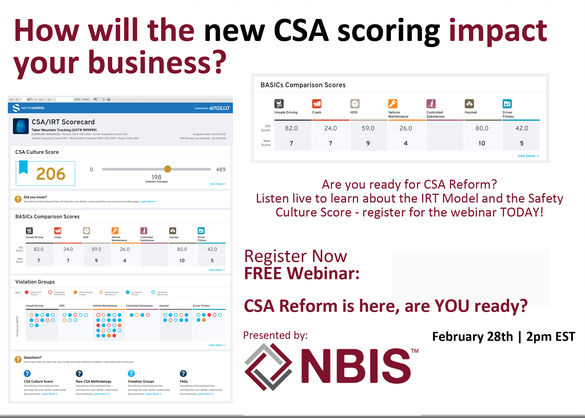How to use technology-driven training solutions to eliminate high-risk behaviors.
When’s the last time your team sat down to brush up on proper driving technique?
How about their most recent assessment on proper methods of cargo securement?
Are you sure that everyone is aware of the latest changes to OSHA regulations?
If you answered no to any of the above, your team isn’t training as often as they should.
OSHA standards state that training must be conducted, documented, and continuous.
Of course, in construction and the related industries, most companies are more focused on their current jobs than thoroughly training their teams. Training is often conducted as an informal toolbox talk—if it’s conducted at all.
Think about that. The knowledge your workers need to have and keep building is an afterthought. If you think your company puts safety front and center but your team isn’t staying on top of training—well, something isn’t adding up there.
I can’t say it enough: if you want to reduce accidents and exposure to risk and affect a more favorable claim history for your company, you need to make ongoing training a priority.
You might not think you’ve got enough time to make sure your drivers, operators, and other employees are completing training modules with relative frequency, and that’s a fair assumption.
But think about the amount of downtime drivers and crane operators have while waiting on customers in a typical week. That’s valuable time that could be put to use.
Technology-oriented training solutions, like the online driver training and safety training modules and courses NBIS offers, are the best way to leverage this downtime. Today’s training options actually make ongoing education possible, and (even better) require little in the way of time and money expenditure.
- They’re truly mobile when necessary—access most of them from mobile phones or tablets in addition to desktop displays.
- They’re quick to complete—usually only taking about 15 minutes to finish.
- They’re updated frequently to reflect the latest changes in regulations.
That last point is one I don’t want you to skim over.
Refreshing employees’ skills through training is helpful, sure, but it’s also a key element of OSHA compliance—and it adds to the defense of your company in the event of a claim or incident.
Training is really the difference between a thorough risk management approach and a lackluster one—so don’t overlook it. Integrate ongoing training into your team’s daily routine.






